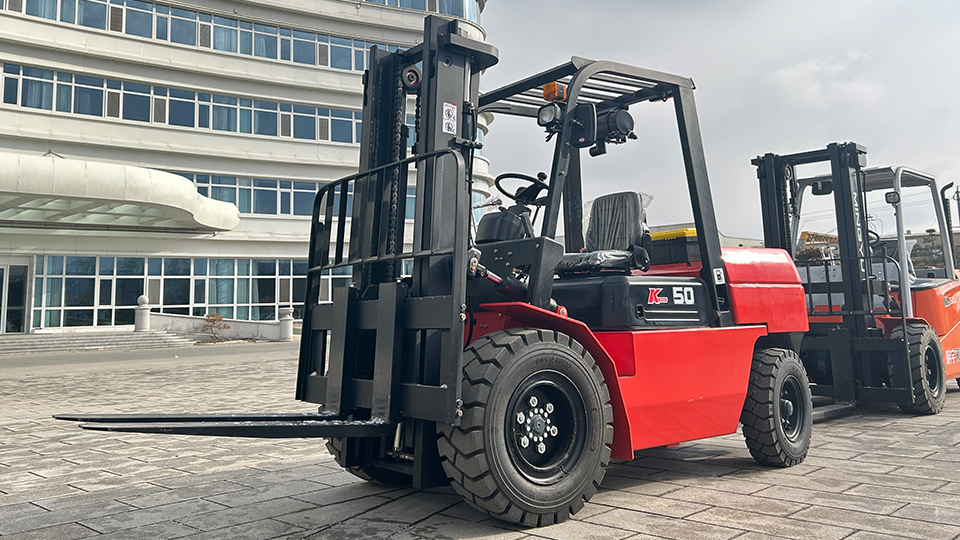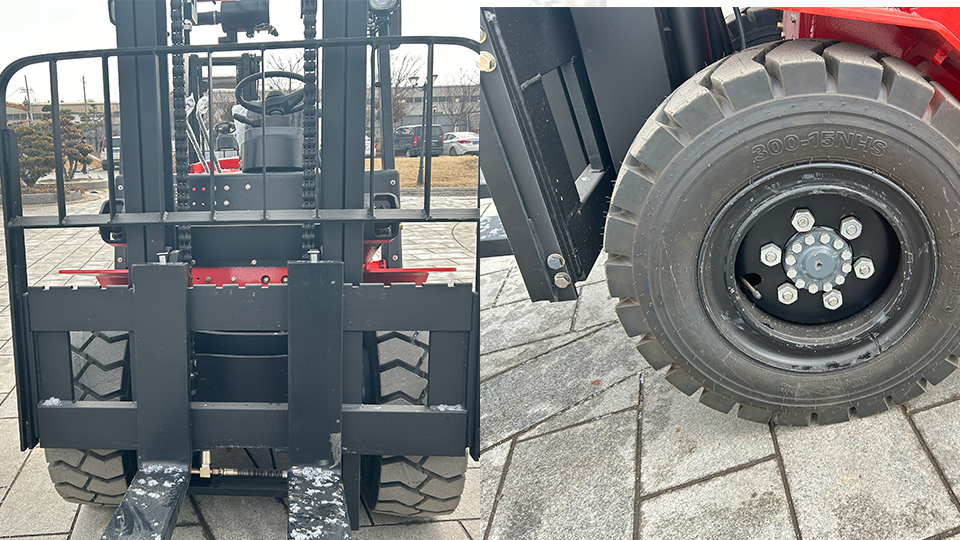
The integration of a forklift onto a truck platform creates a versatile piece of equipment, but the terminology surrounding these vehicles can be varied and sometimes confusing. While there's no single, universally accepted term, understanding the different names and their nuances is crucial for logistics, construction, and material handling professionals. This article explores the various terms used to describe trucks equipped with forklifts, examines their functionalities, and clarifies the distinctions between different types of these mobile material handling solutions.
The Convergence of Truck and Forklift Functionality
The core concept behind these vehicles is the combination of a truck's transportation capabilities with a forklift's material handling prowess. This fusion allows for efficient loading, unloading, and delivery of goods, especially in situations where traditional loading docks or fixed forklifts are impractical or unavailable.
Common Terms and Their Meanings
Truck-Mounted Forklift:
This is perhaps the most descriptive and accurate term, clearly indicating the integration of a forklift onto a truck chassis.
It is commonly used in industry documentation and technical specifications.
This term is generally accepted and understood across various sectors.
Moffett:
This is a brand name (Princeton Moffett) that has become generalized in some regions, similar to how "Kleenex" is used for tissues.
Moffetts are known for their compact design and ability to be easily attached and detached from the rear of a truck.
It is essential to recognize that "Moffett" specifically refers to a brand, not a generic category.

Piggyback Forklift:
This term refers to the way the forklift is carried on the truck, typically mounted on the rear and "piggybacking" on the truck's chassis.
It emphasizes the portability and ease of transport.
This term is very common in the construction and delivery industry.
Truck-Mounted Delivery System:
This term is more broad, and is used to describe the entire system of the truck and the forklift.
It places emphasis on the delivery of materials.
Portable Forklift Truck:
This term places emphasis on the portability of the forklift.
It is used to describe the trucks ability to deliver and unload materials in a multitude of locations.
Carry Deck Crane/Forklift:
Some of these units have a crane function as well as a forklift function, hence the name.
This is common in the construction industry.
Trailer Mounted Forklift:
This term is used when the forklift is attached to a trailer, instead of a rigid truck.
This is common in the long haul industry.
Demountable Forklift:
This term places emphasis on the ability to remove the forklift from the truck.
This term is used in technical documentation.
Transportable Forklift:
This term is a general term describing the ability to transport a forklift.
Integrated Delivery Forklift:
This term places emphasis on the integration of the forklift, into the delivery system of the truck.
Functionality and Applications
Truck-mounted forklifts offer several advantages:
Increased Efficiency: They eliminate the need for separate forklifts at delivery locations, streamlining loading and unloading operations.
Enhanced Flexibility: They allow for deliveries to sites without loading docks or other material handling infrastructure.
Reduced Labor Costs: They minimize the need for manual labor in loading and unloading.
Improved Delivery Times: They enable faster and more efficient deliveries.
Versatile applications: they are used in construction, landscaping, delivery, and many other industries.
Types of Truck-Mounted Forklifts
Several types of truck-mounted forklifts exist, each with specific design features and applications:
Rear-Mounted Forklifts: These are the most common type, mounted on the rear of the truck and easily detachable.
Side-Mounted Forklifts: These are mounted on the side of the truck, allowing for access to narrow or confined spaces.
Telescopic Forklifts: These have a telescoping boom, allowing for greater reach and flexibility.

Rough Terrain Forklifts: These are designed for operation on uneven or challenging terrain.
Key Considerations for Selection
When selecting a truck-mounted forklift, several factors should be considered:
Load Capacity: The forklift's load capacity must be sufficient for the materials being handled.
Lift Height: The lift height must be adequate for the required lifting tasks.
Terrain Conditions: The forklift must be suitable for the terrain conditions at the delivery sites.
Truck Compatibility: The forklift must be compatible with the truck's chassis and dimensions.
Attachment Options: Various attachments, such as clamps and rotators, can enhance the forklift's versatility.
The Importance of Proper Training and Safety
Operating a truck-mounted forklift requires specialized training and adherence to safety protocols. Operators must be trained on:
Forklift Operation: Proper operation of the forklift, including maneuvering, lifting, and load handling.
Truck Integration: Safe attachment and detachment of the forklift from the truck.
Load Securement: Proper securing of loads for transport.
Safety Procedures: Adherence to safety regulations and procedures.
Conclusion
While various terms are used to describe trucks equipped with forklifts, understanding their nuances is essential for professionals in logistics and material handling. "Truck-mounted forklift" is the most universally understood term, but brand names like "Moffett" are also prevalent. By recognizing the different types and functionalities of these vehicles, and by prioritizing proper training and safety, businesses can optimize their material handling operations and enhance efficiency.
Name: selena
Mobile:+86-13176910558
Tel:+86-0535-2090977
Whatsapp:8613181602336
Email:vip@mingyuforklift.com
Add:Xiaqiu Town, Laizhou, Yantai City, Shandong Province, China